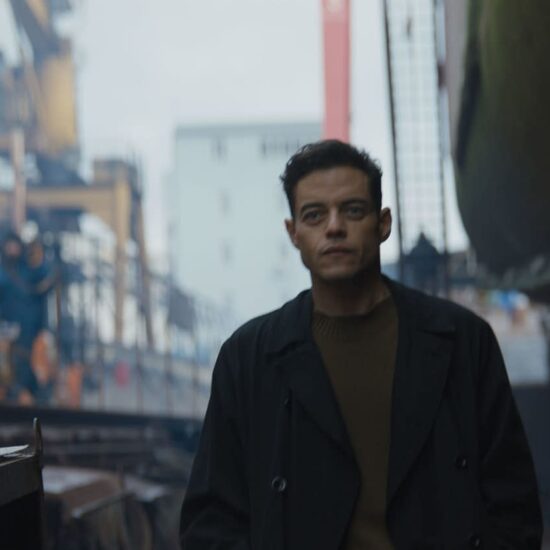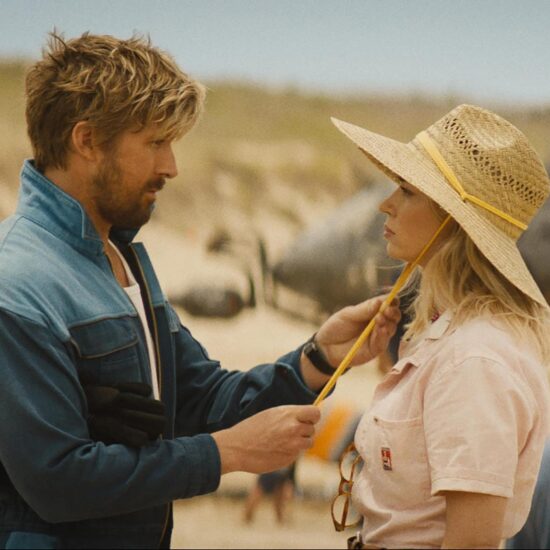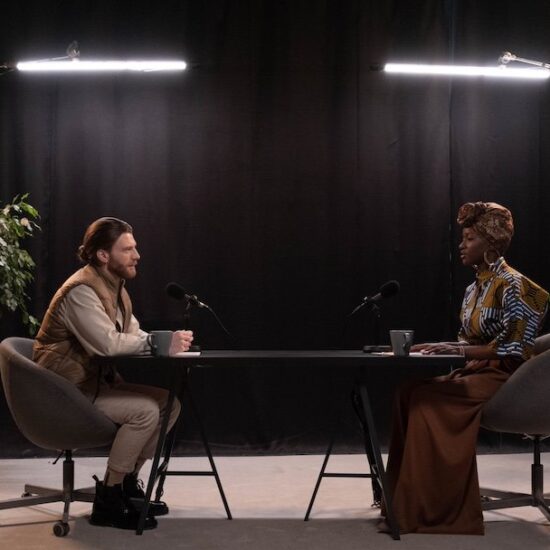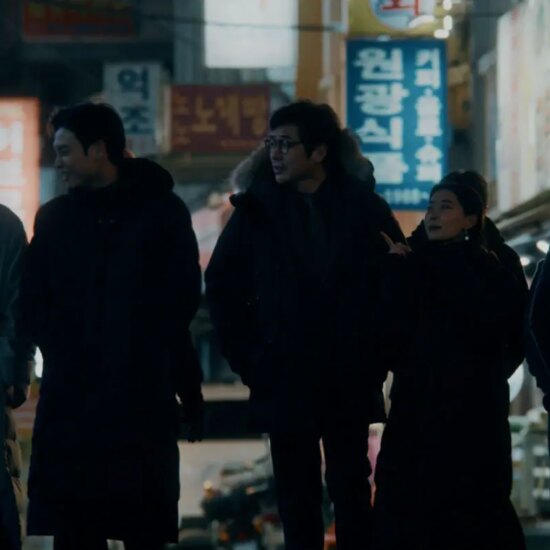
Film Independent is currently in the middle of a Matching Campaign to raise support for the next 30 years of filmmaker support. All donations make before or on September 15 will be doubled—dollar-for-dollar up to $100,000. To kick off the campaign, we’re re-posting a few of our most popular blogs. Thanks to author Aaron Gilmartin.
Last week in our Know the Score “Anatomy of a Great Film Score” series, we went to outer space to explore Max Steiner’s iconic music for 1933’s King Kong. In this special Halloween-themed bonus installment, we’re coming back down to earth (and checking into a suspiciously dilapidated family-run motel off the highway) to take a closer listen to one of the most iconic horror scores of all time: that for the 1960 Alfred Hitchcock classic, Psycho.
The score for Psycho is a study in economy. Underfunded, Hitchcock was thinking in terms of working with less—even shooting the project with the production team from his Alfred Hitchcock Presents TV series, rather than a “proper” studio film crew.
The audience, too, is forced to work with less. When we watch the black-and-white film, instead of seeing grisly red blood swirling down Marion Crane’s shower drain, we infer its color from the dark stain in the water. And when we listen to the film score, we hear a pared-down sound with just a string orchestra used as the palette for composition.
Hitchcock thought that the score might use jazz and be-bop as a starting place. Which likely would’ve been more to the studio’s liking, as scoring styles in the 1950s and early ‘60s were indeed moving in that direction. But composer Bernard Hermann—one of Hitchcock’s most steadfast collaborators-rejected this approach. He wanted to use traditional orchestral sounds, which he did so masterfully that his Psycho score later came to define the sound of slasher films for a generation.
The use of just strings is a study in restraint, one that perfectly piques the audience’s sense of suspense. The orchestra’s sound is further reduced by the use of the sordino—or “mutes”—on the strings. This sound of muted strings holds back the emotion that a string orchestra would normally have without mutes.
The quieter sound matches the tension on screen, starting with the prelude over opening credits and continuing through the love tryst scene that opens the film. Here, Hermann used the tension of the muted strings to amplify a sense of fear in the music. The effect is that of a strained voice that wants to scream, but which is held back, frustrated and restrained.
Hitchcock and Hermann had a long working relationship that, by the end of the ‘50s, had become a real partnership based on trust. Hitchcock therefore trusted Hermann enough to cede his initial jazz-focused ideas and listen instead to the music Hermann was creating according to his own creative impulses—the orchestral string score.
The most well known scene from Psycho is its infamous shower scene. The scene stands out in cinema history for a few reasons. The first: this is where our leading lady (Janet Leigh) meets her premature demise. The timing of a leading lady’s death one-third of the way through the film was very unorthodox—both then and now—and makes the shock of the violence even stronger. Also, the scene is partially shot from the vantage point of the killer, forcing the viewer experience the action through the murderer’s eyes.
Hitchcock initially wanted the shower scene to play with no music at all. In another example of trust between collaborators, when Hitchcock finally heard the music Hermann had composed for the sequence, he immediately changed his mind.
This decision made way for one of the most iconic uses of score in cinema history, with Hermann’s strings imitating high-pitched shrieks to match the emotions of the victim being stabbed onscreen—a classic sound so often quoted and echoed in the slasher films that followed. This is the only place in the film where the strings play without mutes, their full power released in a shocking marriage of image and sound.
But in the first part of the scene, as Leigh’s Marion Crane begins to relax in the shower, there is in fact no music. With Marion facing the wall, we see behind her someone enter the bathroom—but still, silence. The tension is already high. Then, the music and the action both ramp up and accelerate beyond expectations, as the knife cuts through the shower curtain and the slicing chords high up on the violins rip into our ears.
Norman Bates’ (Anthony Perkins) voyeurism—at first watching his victim through a peephole in the wall, and later behind her in the bathroom through the shower curtain—is made all the more frightening when the curtain is torn down by the dying hands of our victim as she slumps to the tile floor. The staccato strings in the low register beat out a slowing rhythm. The victim’s heart is slowing down, but we’re also slowly realizing that the film has taken a dreadful turn.
The brutal murder of the leading lady in the first third is a surprising turn that leaves the audience feeling hopelessness. Psycho is a film that owes more than the usual debt to its musical score, more than most other films. And appropriately, although Psycho had a smaller budget than the usual Hitchcock production, Hermann was actually paid twice his usual fee.
As Hitchcock himself said it best: “Thirty-three percent of the effect of Psycho was due to the music”—and probably more, if you ask Bernard Hermann.
Film Independent promotes unique independent voices by helping filmmakers create and advance new work. To become a Member of Film Independent, just click here. To support us with a donation, click here.
To learn more about blog author and freelance composer Aaron Gilmartin, visit his website.
More Film Independent…














